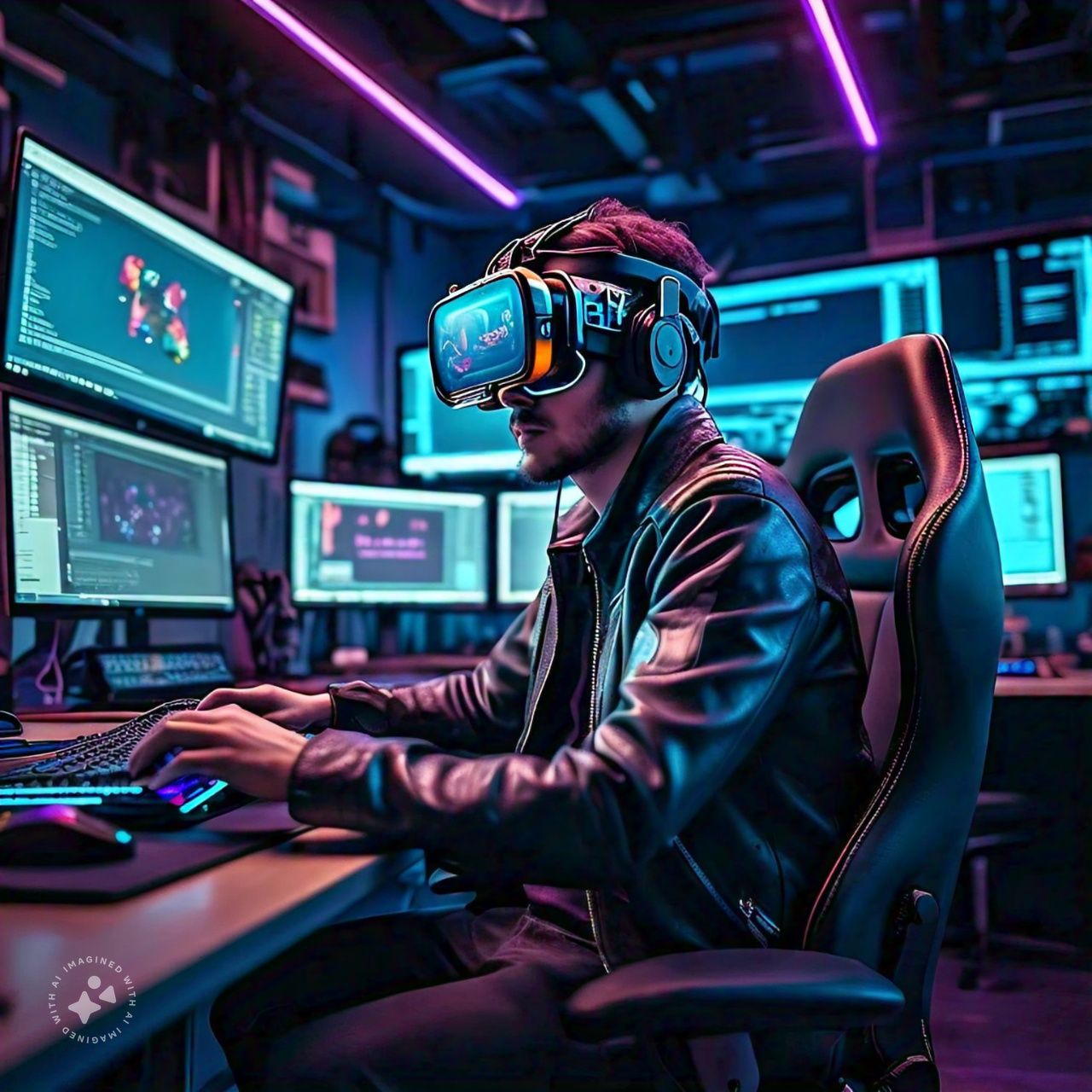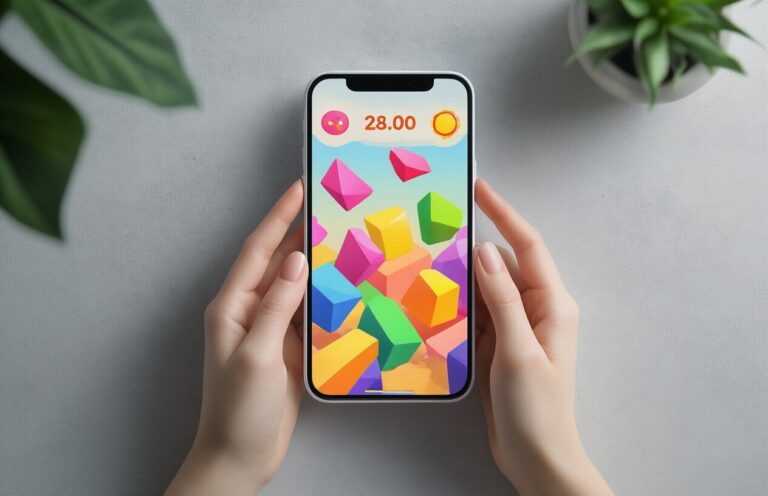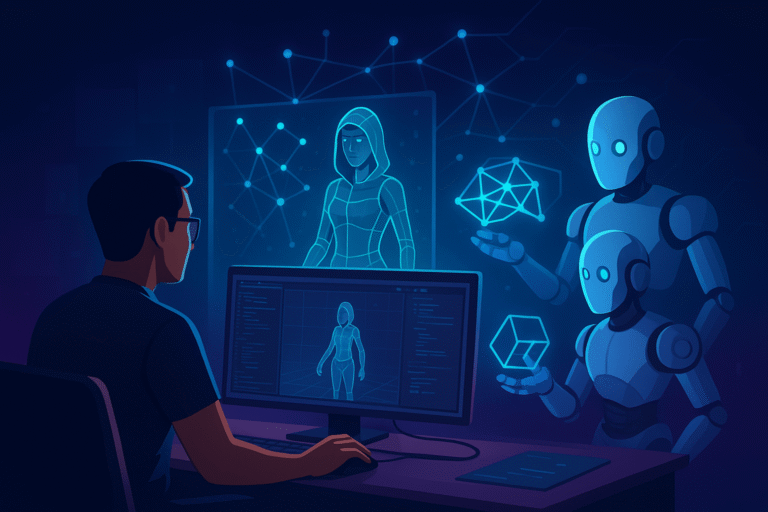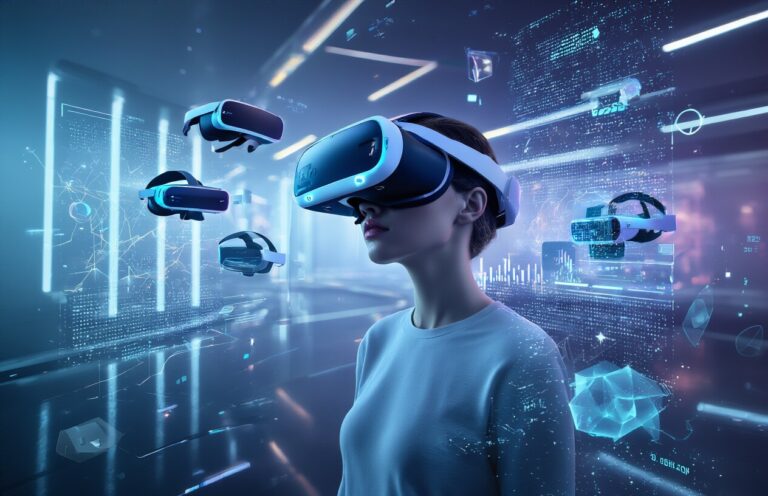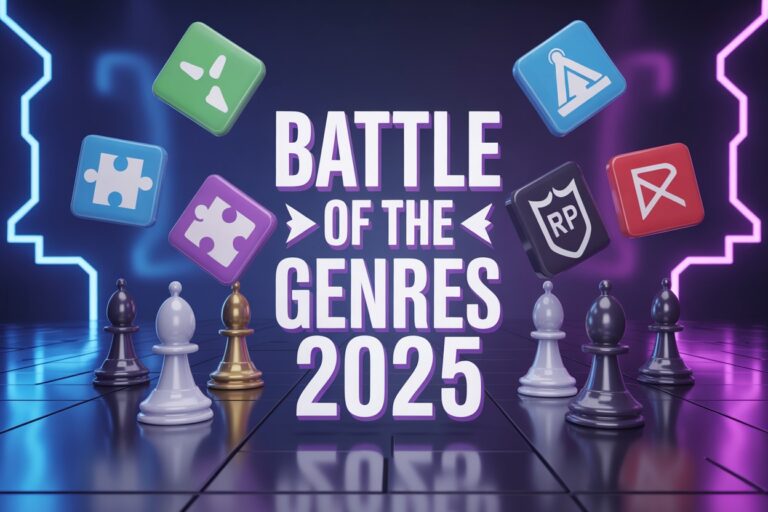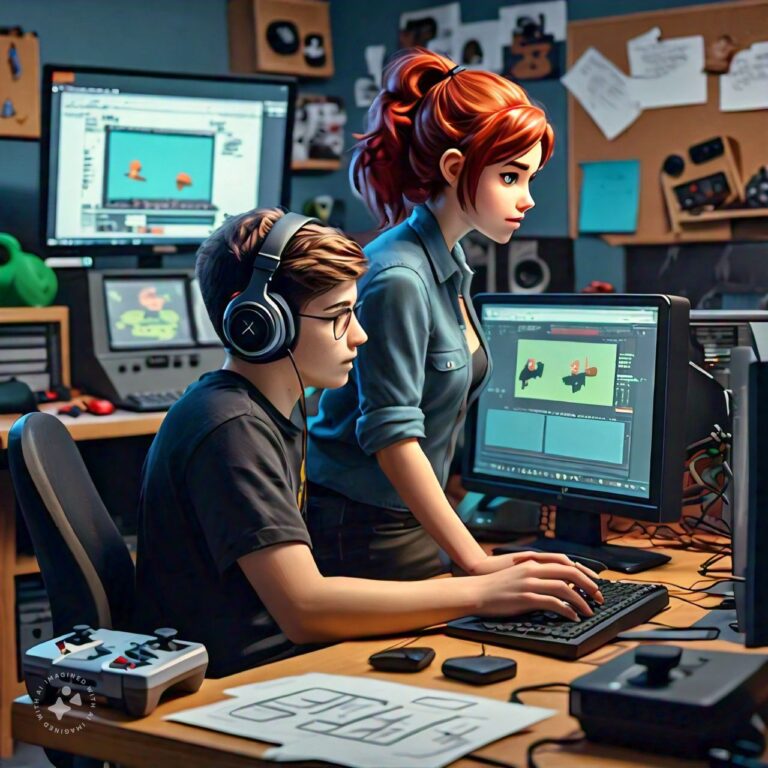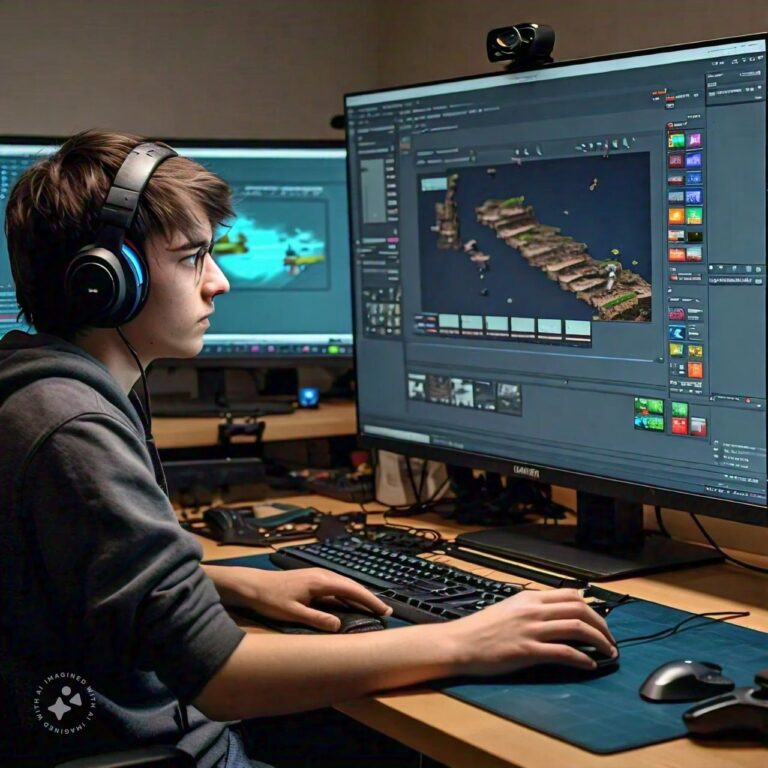🚀 The Future of VR & AR: Development, Applications & Trends 2025
Virtual Reality (VR) and Augmented Reality (AR) are no longer futuristic buzzwords — they’re shaping industries worldwide. From gaming and education to healthcare and retail, immersive technologies are redefining how people experience, learn, and interact.
Here’s a breakdown of VR and AR development, key applications, and what the future holds.
Understanding VR and AR
Virtual Reality (VR) creates a completely immersive digital environment that users can interact with, typically through a VR headset. It’s like stepping into a new world, where everything around you is simulated. Key components include:
- Headset: Provides the visual and auditory experience of the virtual world. Popular VR headsets include the Oculus Quest 2, HTC Vive, and PlayStation VR.
- Controllers: Handheld devices that allow users to interact with the virtual environment, often featuring motion tracking and haptic feedback.
- Tracking Systems: Sensors and cameras that track the user’s movements and adjust the virtual environment accordingly.
Augmented Reality (AR) overlays digital content onto the real world, enhancing or augmenting the user’s perception of their environment. Unlike VR, AR does not replace the real world but adds digital elements to it. Key components include:
- AR Glasses/Headsets: Devices like Microsoft’s HoloLens or Magic Leap that project digital information onto the real world.
- Smartphones/Tablets: Many AR applications use the cameras and sensors of mobile devices to display AR content, such as Pokémon GO.
- Computer Vision: Technology that helps AR systems understand and interact with the physical environment, enabling features like object recognition and spatial awareness.
Getting Started with VR Development
Developing for VR requires a combination of creative design, technical skills, and an understanding of user experience in a three-dimensional space. Here’s a basic overview of what goes into VR development:
- Designing for Immersion: Create experiences that make users feel as though they are truly part of the virtual world. This involves designing intuitive interfaces, realistic environments, and engaging interactions.
- Development Tools: Use game engines like Unity or Unreal Engine, which provide robust support for VR development. These platforms offer VR-specific tools and assets to streamline the development process.
- Performance Optimization: VR applications require high frame rates and low latency to avoid motion sickness and ensure a smooth experience. Optimize graphics, minimize latency, and test extensively to achieve the best performance.
- User Interaction: Design controls and interactions that are comfortable and intuitive. VR controllers, gaze-based selection, and hand-tracking are common methods for interacting with virtual environments.
Getting Started with AR Development
AR development focuses on integrating digital elements into the real world, which involves different challenges and considerations:
- Understanding the Environment: AR applications need to recognize and track real-world objects and surfaces. Utilize AR SDKs (Software Development Kits) like ARKit (for iOS) and ARCore (for Android) to build applications that interact with the physical world.
- Overlaying Digital Content: Design digital elements that enhance the user’s real-world experience without overwhelming or distracting them. Balance the digital and physical elements to create a seamless interaction.
- Development Tools: Similar to VR, AR development often uses game engines like Unity or Unreal Engine. These tools offer AR frameworks and libraries to help integrate digital content with the real world.
- User Experience: Ensure that AR applications are easy to use and enhance the user’s environment. Consider factors such as the user’s field of view, device ergonomics, and context of use.
Applications of VR and AR
Both VR and AR have a wide range of applications beyond gaming and entertainment. Here are some notable examples:
VR Applications
- Training and Simulation: VR is used for training in fields like aviation, medicine, and military, providing realistic and risk-free simulation environments.
- Therapy and Rehabilitation: VR is utilized in therapy to treat conditions like PTSD, phobias, and physical rehabilitation through controlled virtual environments.
- Virtual Tours: Museums, real estate agents, and travel companies use VR to offer virtual tours of locations, providing an immersive experience from anywhere in the world.
AR Applications
- Retail and Shopping: AR enhances shopping experiences by allowing customers to visualize products in their own space before purchasing. For instance, furniture retailers use AR to show how items would look in a customer’s home.
- Education and Training: AR overlays educational content on physical objects, making learning more interactive and engaging. For example, AR can bring historical artifacts or biological processes to life in a classroom.
- Navigation: AR improves navigation by overlaying directions and points of interest onto the real world, helping users find their way more intuitively.
The Future of VR and AR
The future of VR and AR is bright and full of potential. As technology advances, we can expect to see:
- Improved Hardware: More comfortable and affordable VR/AR headsets with better resolution, field of view, and tracking capabilities.
- Enhanced Content: Richer and more diverse content, including advanced simulations, immersive storytelling, and complex interactive experiences.
- Broader Adoption: Greater integration of VR and AR into everyday life, with applications spanning from healthcare to entertainment, and more industries embracing these technologies.

